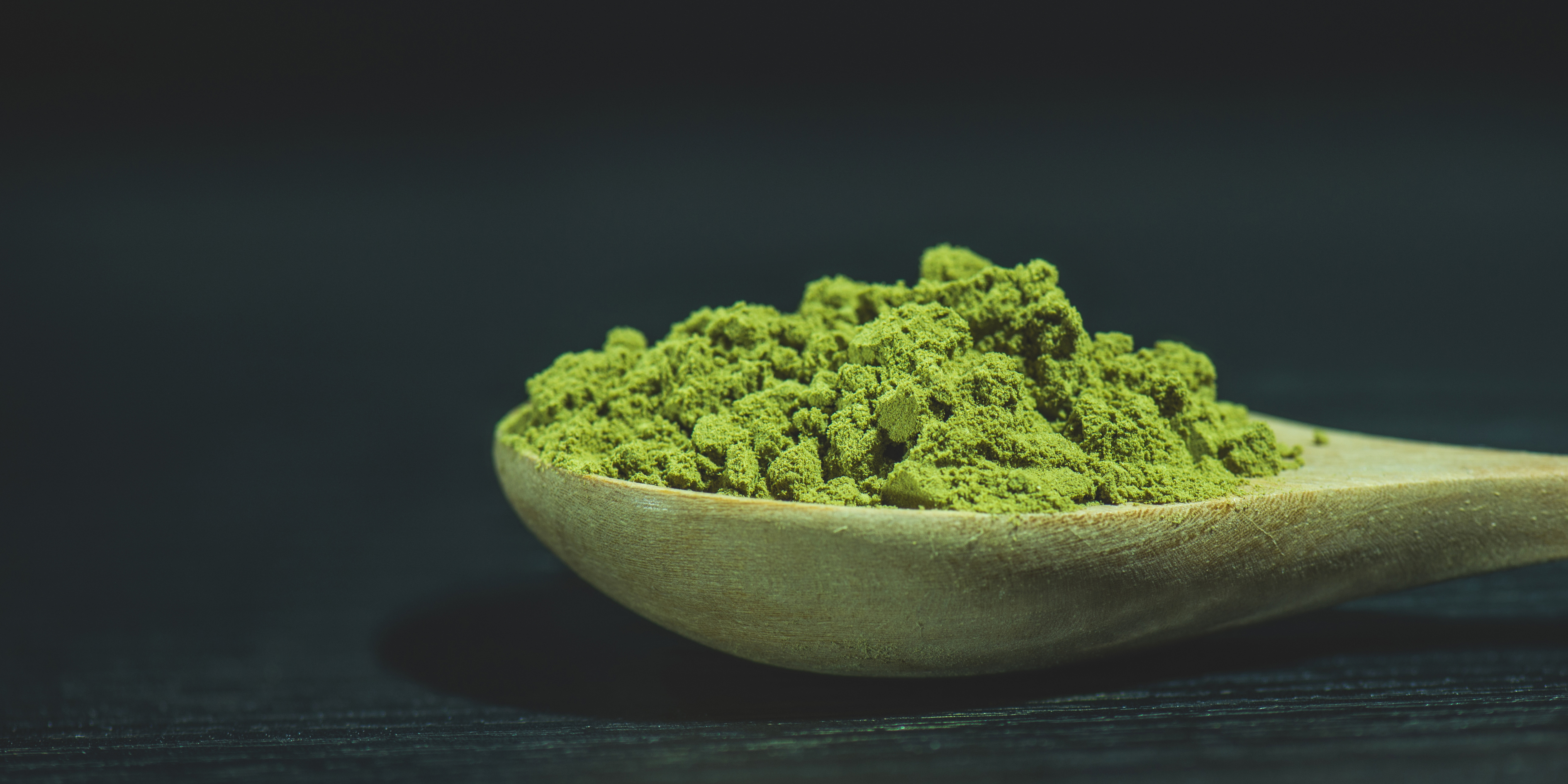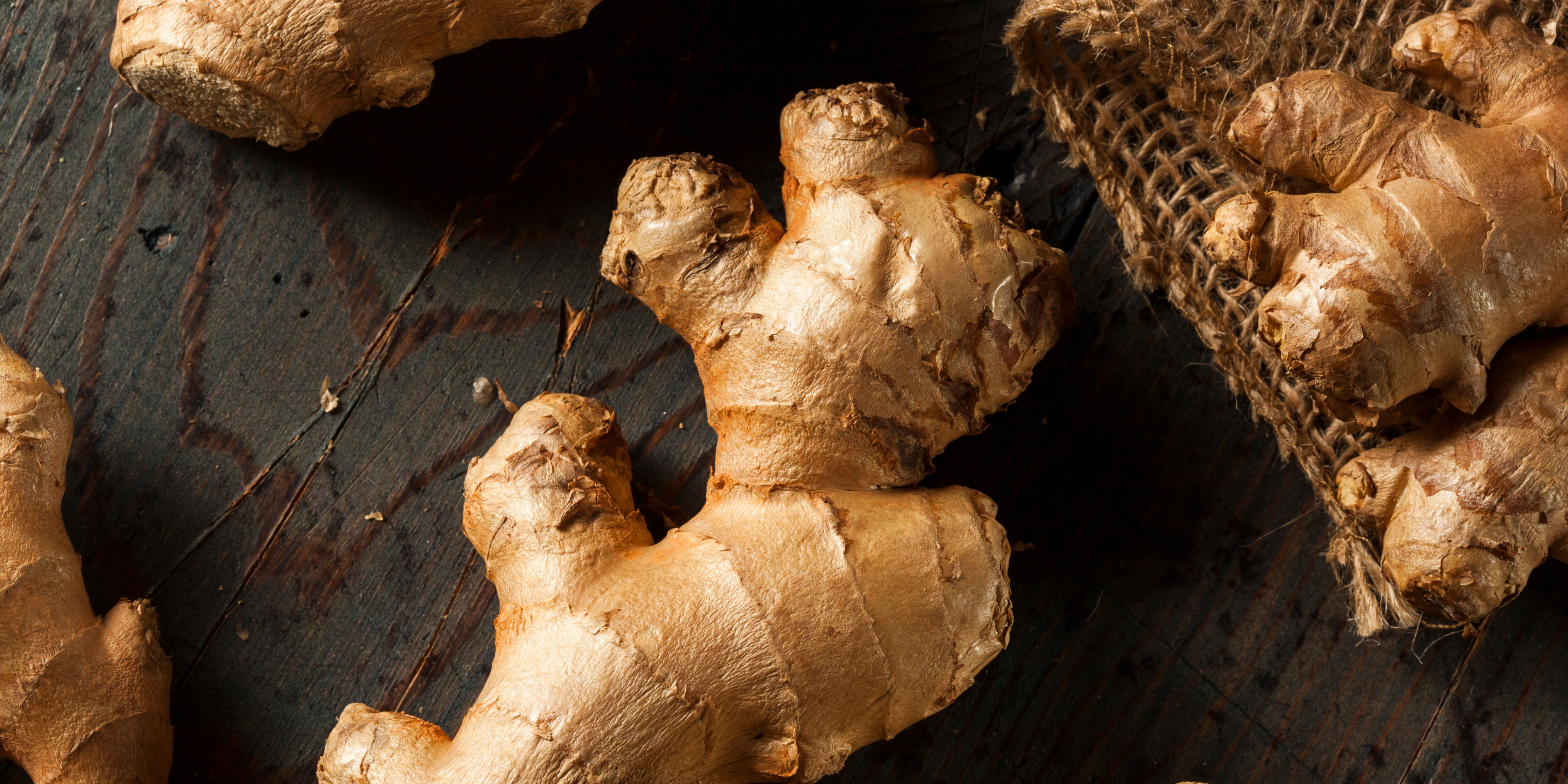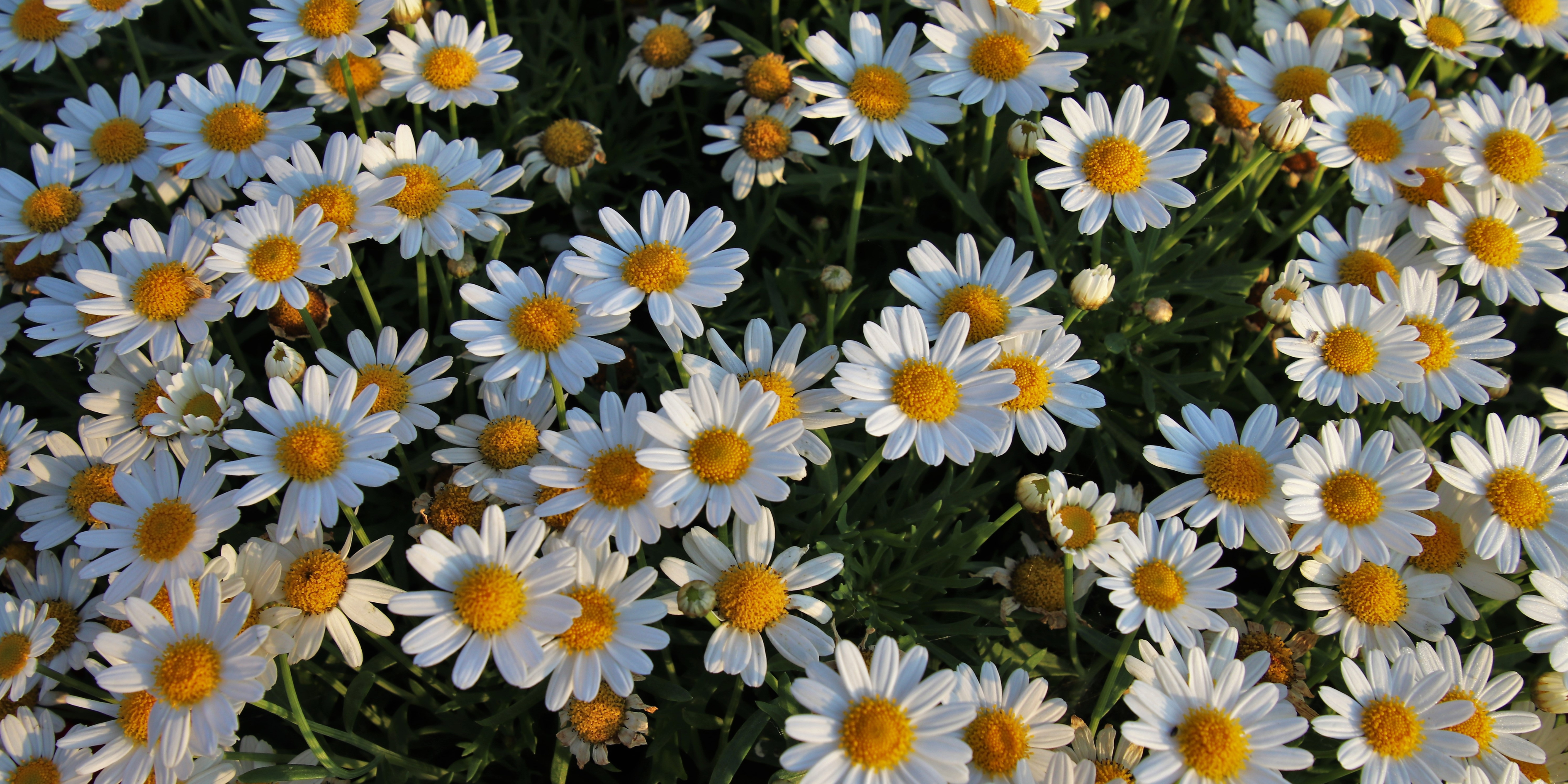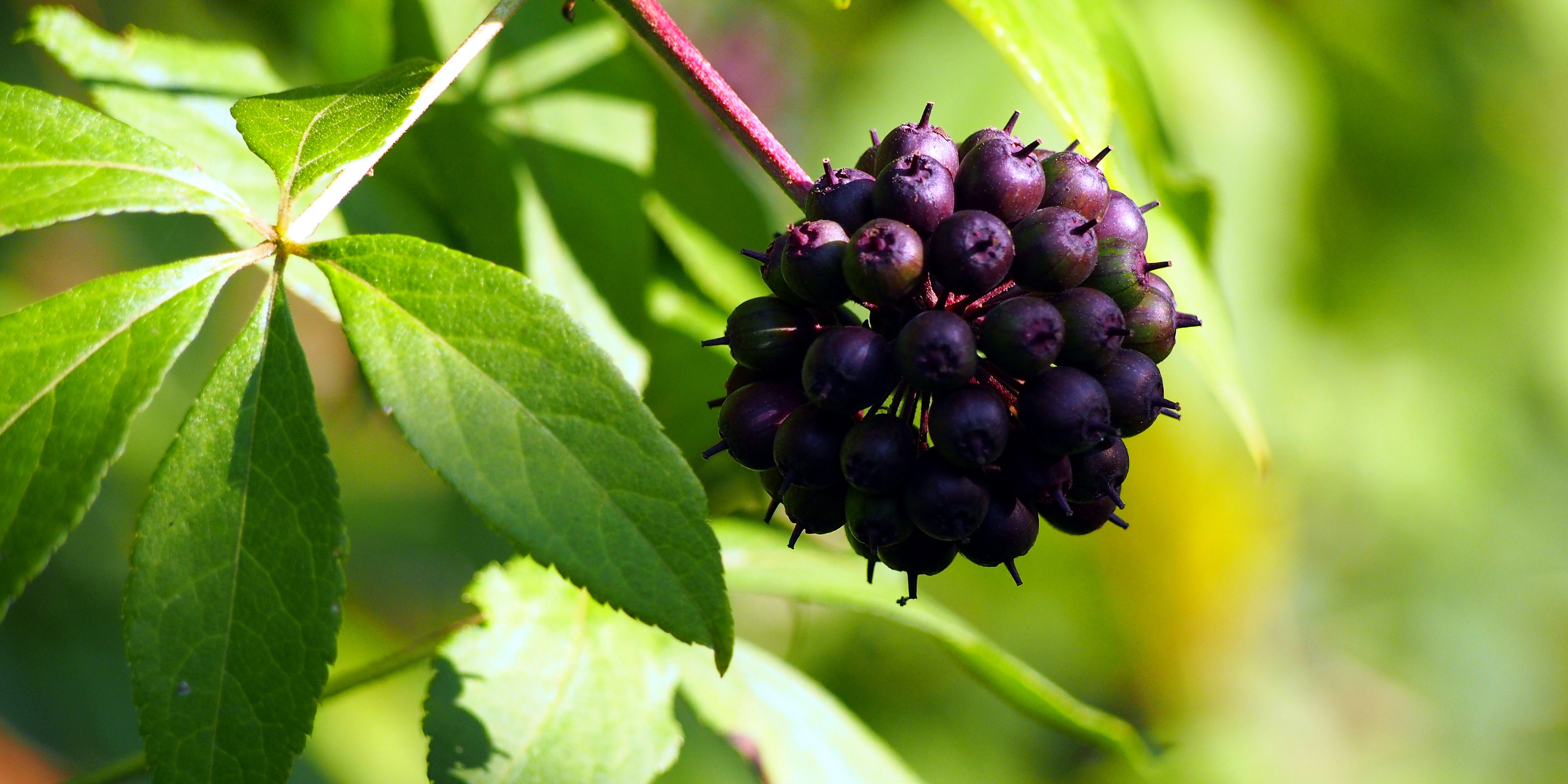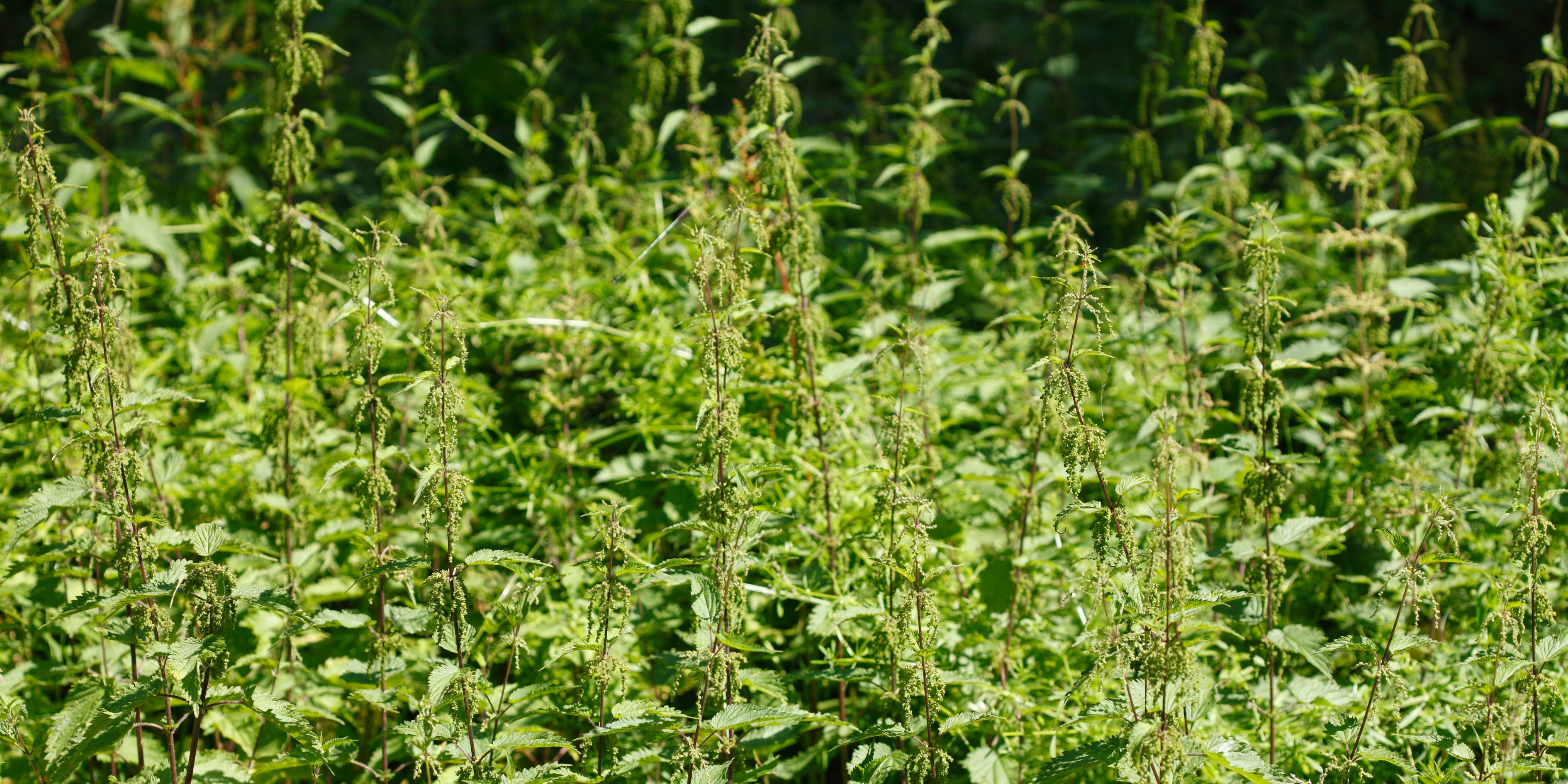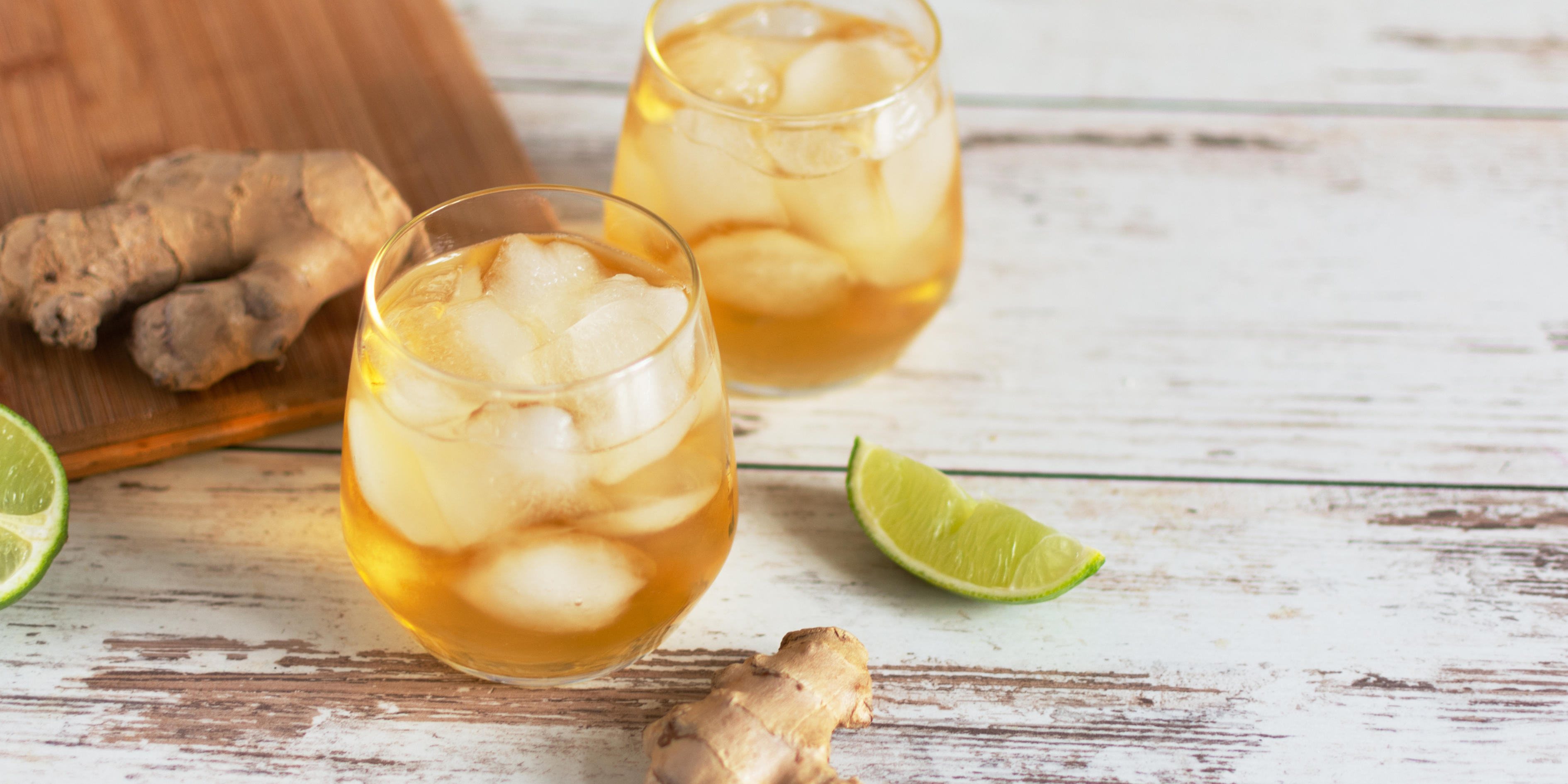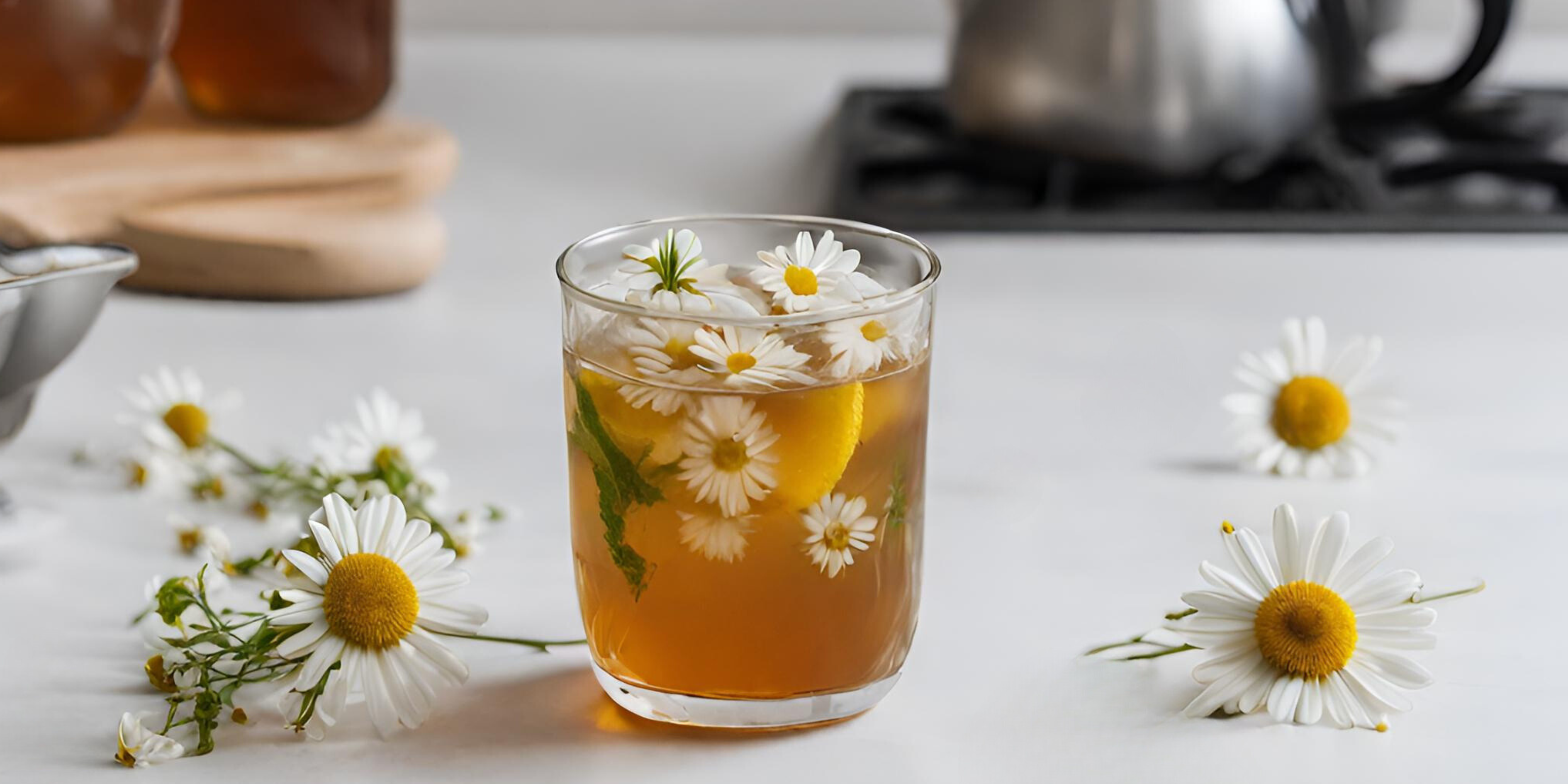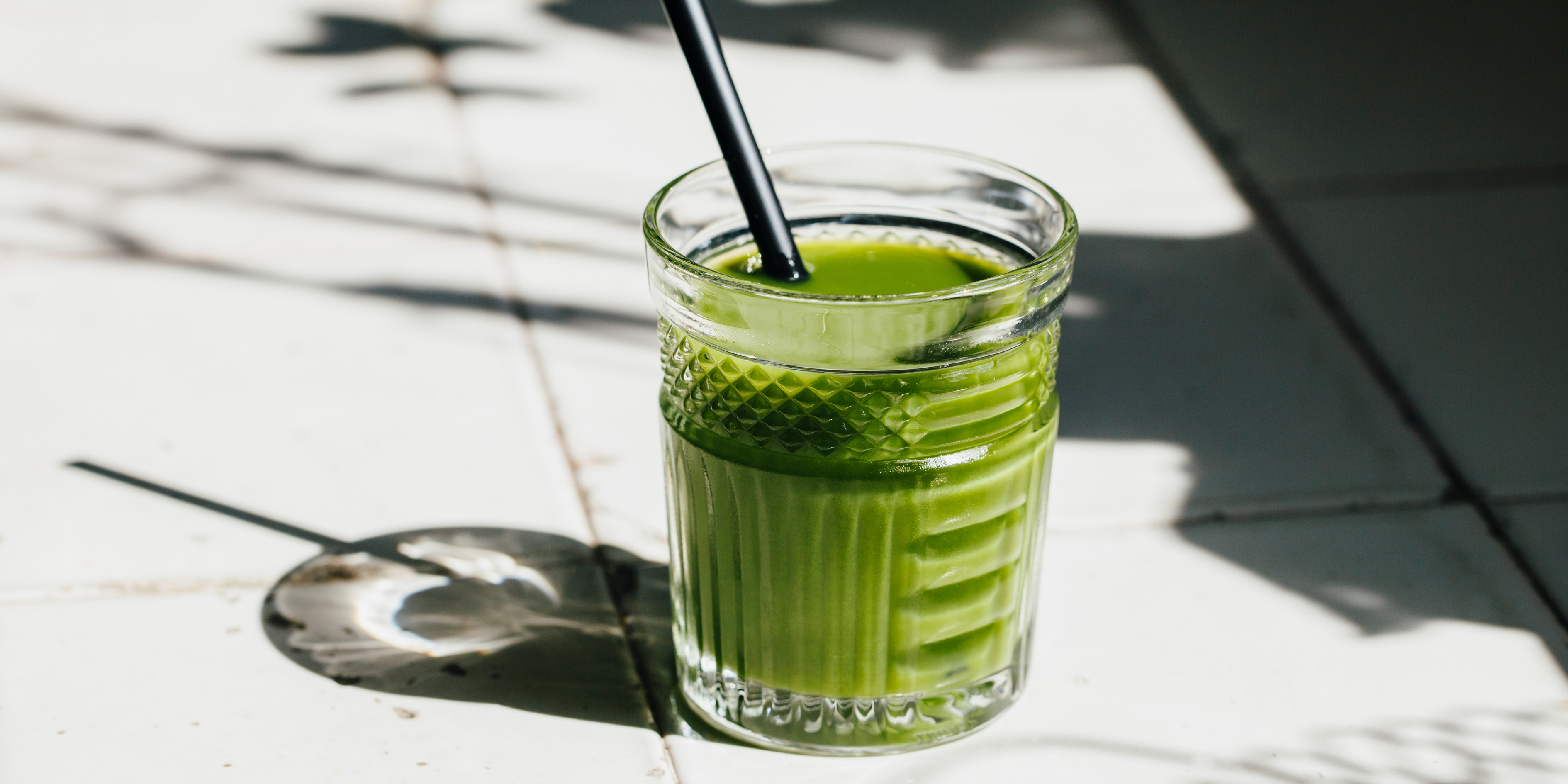Tea, a beverage that has been cherished for centuries, comes in various forms and flavours. Among the most popular are green tea and matcha. While they both hail from the same plant, Camellia sinensis, and are considered high-grade green teas, they have distinct characteristics that set them apart.
Let's take a deeper look and explore their unique traits and the similarities that bind them.
Matcha's Distinctive Features:
-
Grown in the Shade: Unlike most teas, matcha plants are shaded from direct sunlight for several weeks before harvest. This process boosts the chlorophyll content, giving matcha its vibrant green hue and enhancing its flavour profile.
-
Vibrant Green Colour: Thanks to the shading process, matcha boasts a bright and rich green color, which is a testament to its high chlorophyll and nutrient content.
-
Higher Concentration of Caffeine: Matcha contains more caffeine than regular green tea, making it a favorite for those seeking a gentle energy boost without the jitters of coffee.
-
A Powdered Delight: Matcha is made by grinding high-grade green tea leaves into a fine powder. This ensures that when you consume matcha, you're ingesting the entire leaf and benefiting from all its nutrients.
-
Whisked, Not Steeped: Preparing matcha is an art. Instead of steeping it like loose-leaf tea, matcha is whisked with water, resulting in a frothy, creamy beverage that's both refreshing and invigorating.
Green Tea's Unique Qualities:
-
Sun-Kissed Growth: Green tea plants bask in direct sunlight, which contributes to their unique flavor and appearance.
-
Earthy Green/Brown Hue: The sun-exposed growth gives green tea leaves an earthy green to brown color, distinguishing it from the vibrant green of matcha.
-
Purity in a Cup: Green tea is often regarded as one of the purest forms of tea, primarily because it undergoes minimal processing.
-
Antioxidant Powerhouse: Green tea stands out for its high antioxidant content. Since it isn't aged or oxidized like some other teas, it retains a higher concentration of nutrients and beneficial compounds that combat free radicals.
What then, makes these two variations of green tea similar?
Shared Qualities of Green Tea and Matcha:-
Origin from Camellia Sinensis: Both green tea and matcha are derived from the leaves and buds of the Camellia sinensis plant, ensuring a shared lineage and certain common health benefits.
-
High-Grade Green Tea: Both these teas are considered high-grade, meaning they're sourced from the best parts of the tea plant and processed with care to preserve their natural goodness.
In conclusion, while green tea and matcha share a common ancestry and are both esteemed as high-grade teas, their cultivation methods, appearance, preparation, and nutrient profiles differ.
Whether you're a fan of the earthy notes of green tea or the creamy richness of matcha, both offer a delightful experience and a host of health benefits.
So, the next time you sip on your favourite tea, take a moment to appreciate the rich history and intricate processes that bring these exquisite flavours to your cup.
We stock a wide range of Lattes, Green Tea and other blends online.
Shop online and save with our bundle discounts!
Shop this Article |
|
Japanese Matcha Green Tea Powder |
|
|



